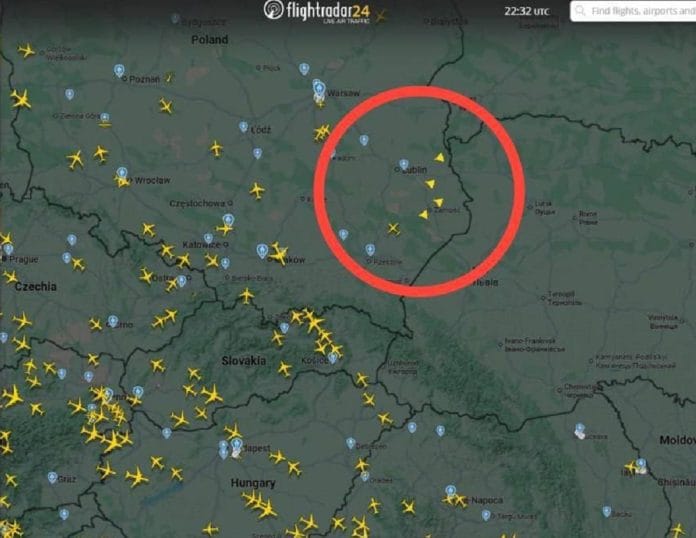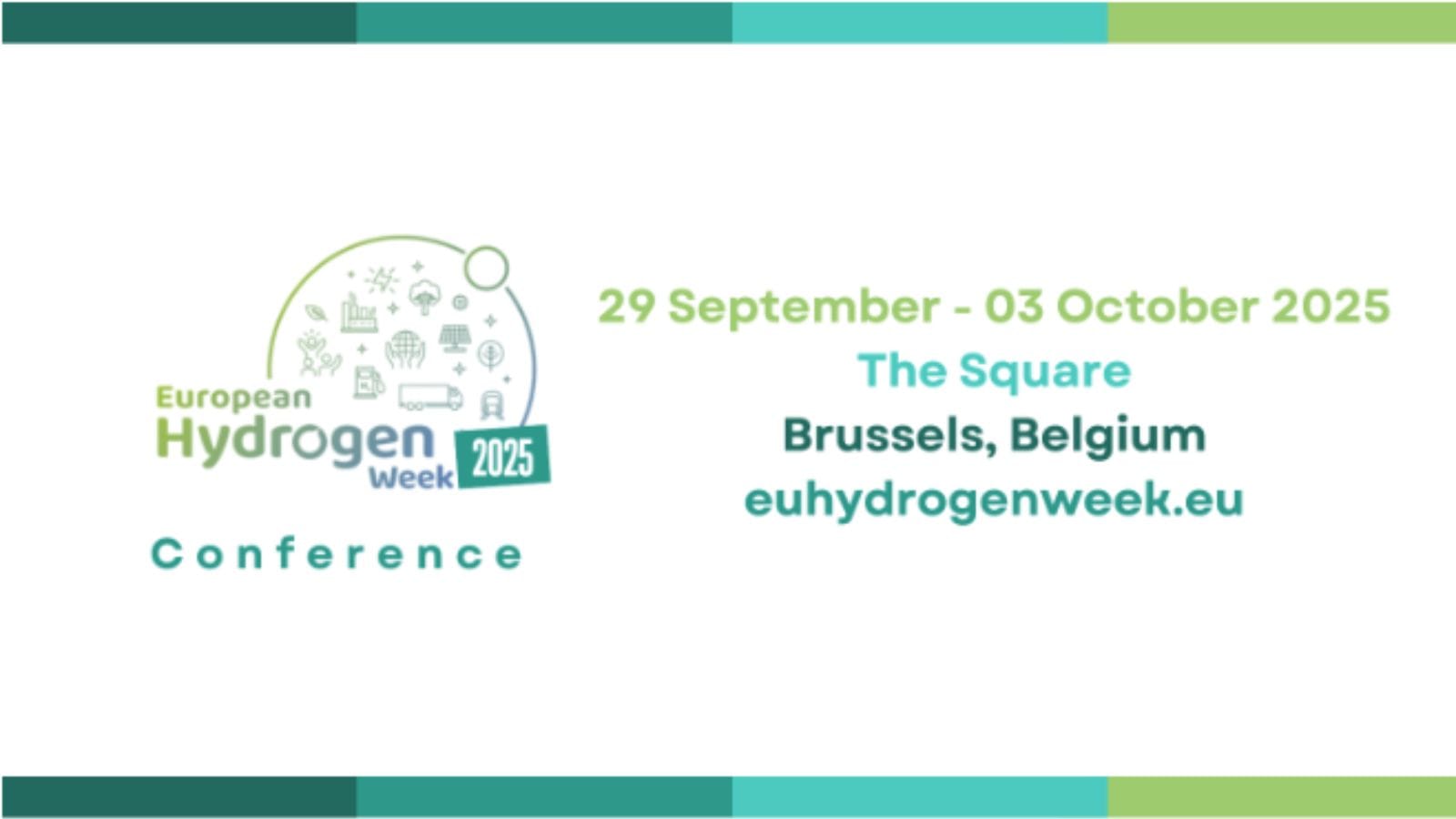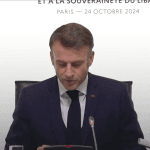In the early hours of 10 September, a wave of Russian drones launched against targets in Ukraine crossed a dangerous threshold both literally and politically.
For the first time, Poland confirmed that multiple unmanned aerial vehicles (UAVs), believed to be Russian in origin, entered its airspace and were shot down by national and allied air defense systems. The incident marks a new chapter in Moscow’s long-range threat projection and raises challenging questions about the security of NATO’s eastern flank.
Polish authorities described the breach as an act of aggression, calling an emergency government meeting and working directly with NATO Secretary General Mark Rutte. The Polish Air Force responded swiftly, neutralizing part of the drone swarm. Official reports state that more than 14 UAVs approached or breached Polish airspace, with debris found in several locations, including near residential areas in Lublin Voivodeship. There were no reports of casualties, but private property was damaged including a roof on a private home and a civilian vehicle.
Warsaw subsequently invoked NATO’s Article 4 (consultations), and the significance of this event is difficult to overstate. This is no longer a hypothetical scenario or a navigation error; it is a documented incursion into allied territory during an ongoing high-intensity conflict.
Russia’s drone operations have mainly targeted Ukrainian infrastructure, but the latest incident revealed a disturbing reality: Europe’s back door is not protected. The incursion interrupted civilian air traffic at four major airports, including Warsaw Chopin and Rzeszów, a vital logistics center for military and humanitarian aid to Ukraine.
Although the Polish military responded immediately, the fact that drones breached the airspace and ended up on Polish soil highlights the limitations in Europe’s current air defense networks. It also exposes a worrying pattern: this is not an isolated incident but part of a growing trend of cross-border pressure.
Analysts believe such probing actions may be a way for Moscow to test not just NATO’s technical capabilities, but also its political resolve. How far is the Alliance willing to go in treating such violations as collective threats?
Beyond its military aspect, this attack carries a political subtext. By gradually increasing pressure on NATO border, whether Poland, Romania, or the Baltics, is the Kremlin trying to create a sense of inevitability and threat to influence Western decision-making?
Some Western officials see this as part of a wider strategy to control escalation: by normalizing the threat of direct confrontation with NATO, Russia seeks to create a negotiating environment where concessions on sanctions, territorial claims, or Ukrainian sovereignty appear as necessary compromises to prevent something worse.
Whether or not these calculations will succeed remains uncertain. However, the objective is clear, by creating ongoing friction, Russia gains influence without needing to cross the threshold of open war.
Although China has not publicly endorsed any hostile actions against NATO states, Beijing’s stance as Moscow’s no-limits partner cannot be overlooked. The flow of dual-use technologies, microchips, and industrial machinery from Chinese companies continues to support Russia’s war effort.
More importantly, by providing diplomatic cover and amplifying narratives that blame NATO for provoking escalation, China helps to sustain the strategic ambiguity in which these attacks occur, emboldening actors who seek to probe the limits of international tolerance.
The incursion into Poland is more than just a regional incident; it is a warning and a signal. If drones can breach NATO territory today without a unified strategic response, what will happen tomorrow?
Polish officials have already called for a reassessment of integrated air defense across the Alliance, especially along its eastern border. Experts also advise strengthening Ukraine’s own air defenses as one of the most effective ways to reduce these risks. Every drone intercepted over Lviv is one less threat for Lublin.
In Washington and Brussels, lawmakers are beginning to speak more plainly. Some now describe such incursions as acts of war in legal terms, calling for not just expressions of concern but decisive action whether through tighter sanctions on military suppliers or quicker delivery of anti-drone systems and counter-UAV platforms to allies.
The question is no longer whether Russia is willing to push boundaries. It already has. The issue now is whether NATO and its members are prepared to see these boundary-pushing actions for what they truly are not mere technical glitches, but deliberate tests of cohesion, readiness, and resolve.
In this new phase of confrontation, silence or delay may be seen not as caution but as acceptance.
If Poland was the test, the West must decide what kind of response it is prepared to offer.









